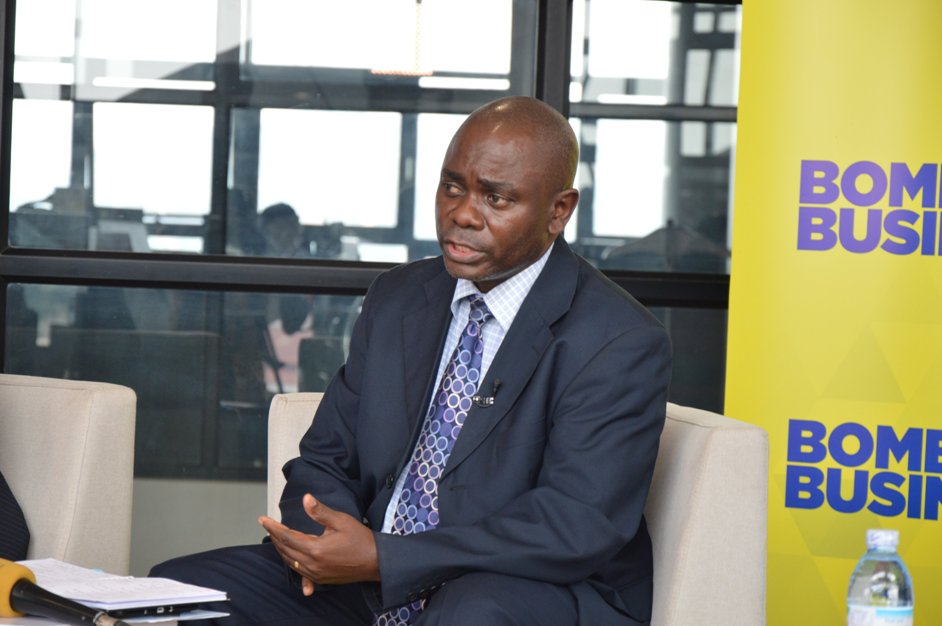By Christopher Burke
With Uganda poised to launch the first phase of its Standard Gauge Railway (SGR) next month, the country is embarking on a transformative journey to position Kampala as a crucial service and supply hub for East Africa. The railway project, part of the Northern Corridor Integration Projects (NCIP), aligns with Uganda’s broader economic ambitions to foster regional connectivity, reduce transportation costs and unlock the untapped potential of a rapidly growing population. As Uganda integrates its infrastructure with that of neighboring countries, the 1,700km SGR network promises to shift Kampala from a transit point to a dynamic hub for trade and investment.
Uganda provides access to a market of more than 90 million people comprising its own population of over 46 million combined with the populations in South Sudan, eastern Democratic Republic of Congo (DRC), Rwanda and northwestern Tanzania—all serviced and supplied through Uganda. Expanding the SGR to connect Kampala with Kenya’s coastal port in Mombasa is essential to link Uganda with international trade routes. The expanded connectivity will cement Kampala’s role as a key procurement and logistics hub enabling it to serve the broader East African Community (EAC) with a market size of approximately 500 million people.
The UGX10.8 trillion (US$2.9 billion) SGR project to be constructed by the Turkish company Yapi Merkezi promises to enhance Uganda’s integration into regional trade networks connecting landlocked countries with global markets. Uganda’s reliance on expensive road transport has stymied economic growth making the new railway critical to reduce transportation expenses, potentially decreasing costs by as much as 50 percent. Lower costs and faster delivery will improve Uganda’s competitiveness and attract investment in manufacturing and services targeting regional markets.
Kampala’s transformation into a service and supply hub is essential to meet the growing demand for goods and services across the region. As economies in East Africa continue to register robust annual growth rates, hovering above 6 percent according to the African Development Bank; there is a rising demand for construction materials, consumer goods and financial services. The SGR will play a pivotal role in satisfying this demand by streamlining the movement of goods from the coast to inland areas especially rapidly growing urban centers and industrial zones within Uganda and beyond.
Kampala’s role is further strengthened by the construction of rail spurs that link the city to key economic zones such as the Kampala Industrial and Business Park and border regions with Rwanda and the DRC. These connections will stimulate local industries by creating opportunities for export-oriented production.
The benefits of the SGR extend far beyond logistics. Infrastructure projects such as the SGR are essential to create jobs for the growing workforce and positioning Uganda to leverage its demographic dividend. Thousands of jobs will be created during the construction phase representing a significant contribution to local employment. The railway is expected to attract investment in complementary sectors including energy, finance and telecommunications boosting Uganda’s economic potential. The population of Uganda and surrounding countries is among the youngest and fastest growing in the world.
The SGR will facilitate the flow of agricultural products, manufactured goods and natural resources within the region and help Uganda to reduce the trade deficit that currently stands at around UGX1.1 trillion (US$299 million) according to a report released earlier this year by the Ministry of Finance, Planning and Economic Development (MFPED). Faster and cheaper transportation will also enhance regional food security as Uganda’s agricultural products reach neighboring countries more efficiently. Another critical aspect of the railway is environmental sustainability. The fully electrified SGR will reduce carbon emissions by shifting cargo from trucks to rail and contribute to Uganda’s green economic agenda.
Improved connectivity will encourage cross-border trade within the EAC, fostering economic integration and promote political stability through shared prosperity. Initiatives such as the One Network Area (ONA) that eliminates roaming charges within the region demonstrate the importance of seamless infrastructure to boost regional cooperation. As the SGR links Kampala with regional markets, Uganda can capitalize on its strategic location to become a trade gateway, similar to Singapore’s role in Southeast Asia.
Despite the optimism surrounding the SGR, challenges remain. Uganda must ensure that the railway project stays on schedule and within budget. Moreover, political stability and improved trade relations with neighbors are essential to realize the full potential of the railway. Uganda’s experience with border closures and trade disputes in recent years underscores the importance of regional collaboration.
The Standard Gauge Railway is a game-changer for Uganda’s political economy. By transforming Kampala into a strategic hub for services and supply, the SGR will stimulate investment, reduce transport costs and boost regional trade. The city will increasingly serve as the gateway to one of the most dynamic regions on the continent. With its young population, abundant natural resources and improving infrastructure, Uganda has the potential to become an economic powerhouse in East Africa.
Christopher Burke is a senior advisor at WMC Africa, a communications and advisory agency located in Kampala, Uganda.





